Rose Bushes * | Iceberg’ Bush Rose 4L Pot
$19.99 $12.31
Rose Bushes * | Iceberg’ Bush Rose 4L Pot

Popular Clustered Pale Cream Rose
The ‘Iceberg’ Is A Popular, Bushy, Upright, Floribunda Variety Of Rose. Free Flowering, It Blooms Between June And September Producing Clusters Of Slightly Fragrant, Pale Cream, Double Flowers With Dark Glossy Foliage.
Easy To Grow And Disease Resistant This Hardy Rose Is Happy In Any Aspect Except North Facing. It Thrives Best In The Full Sun Planted In Moist, Well-Drained Soil On Either An Exposed Or Sheltered Site. A Relatively Small Shrub, It Is Perfect For Growing Along A Border Or In Containers.
‘Iceberg’ Has Been Awarded The Award Of Garden Merit Given By The Royal Horticultural Society (Rhs) Which Helps Gardeners Make Informed Choices About Plants.
Variety Information
Size Information
Your Rose’S Height Depends On When You Buy It And The Type Of Rose You Buy. Some Roses Are Pruned To 15Cm High When Dormant. This Ensures When You Go To Plant Your Rose It Won’T Get Uprooted In The Wind And Is Less Liable To Disease.
Eventual Size Depends On Both Environmental And Genetic Conditions.
Key Is To Regularly Water Newly-Planted Plants, At Least Bimonthly For Two Months. It Is Also Important To Ensure Adequate Spacing Between Bushes, Determined By A Rose’S Eventual Height And Spread.
Bare Root & Containerised Plants Have Different Planting Requirements. With Bare Root, It Is Important To Soak Your Plant’S Roots In Water For Up To 2 Hours Before Planting, While With Containerised Plants It Is Important To Drench Your Plant’S Rootball. With Bare Root It Can Be Useful To Prune Woody Roots Back A Few Inches, While With Containerised Plants, It Is Important To Free Any Spiralized Roots Growing Around The Rootball’S Circumference. With Bare Root Plants, Dig A Hole So As To Ensure The Graft Point Is Above The Soil, While With Containerised Plants, Ensure The Pot Sits No Lower Than An Inch Below Ground.
Bare Root & Containerised Plants Also Share Planting Requirements. Dig A Hole Twice The Radius Of The Rootball. Fill The Hole With A Mix Of Compost And Garden Soil, And Add Fertiliser And Mycorrhizal Fungi. Do Not Compress The Soil. Give Your Plant A Good Watering. Add Mulch On Top Whether Bark And Wood Chippings, Compost, Manure, Leaf-Mould And Stones. Make Sure Mulch Doesn’T Touch The Stem.
Apply Fertiliser And Replace Decomposed Mulch Come Spring. Collect Fallen Leaves In Autumn.
Click Here To Read More
Our Roses Are Carefully Pruned During The Colder Month To Ensure That There Will Be Strong, Healthy Growth In Spring. For That Reason, You May Find That A Rose That Arrives Early In The Year Is Cut Back To Around 6 Inches Above The Ground. Have No Fear, It Will Burst Into Life Come Spring And Will Grow To 2 Ft Plus In The First Year.
Later In The Year, We Endeavour To Send Out A Rose With Several Buds Just About Ready To Burst Into Flower. We Ensure This Supply By Staggering The Early Pruning To Delay Flowering. Although Not Always Possible, The Majority Of Customer Will Receive A Plant With Flowers Ready To Bloom.
We Wrap The Roots Of Our Bare Root Plants And Use Compost To Keep Them Moist During Transport. This Extra Bit Of Protection Prevents Them From Drying Out And Makes Sure Your Plant Gets Off To A Flying Start.
Our Rose Grower Has Spent Years Developing The Perfect Packaging To Protect Your Plant. The Extra Thick, Cardboard Box Has A Specially Designed Clamp To Hold The Pot In Place At The Bottom Of The Box. This Prevents Any Movement During Transit, Keeping Your Plant Safe.
Rose Plants Are Easy To Grow. Your Plant’S Growth And Output Will Likely Be Fine Providing You Followed Our Planting And Care Instructions. Below We Address Some Common Queries:
- Hardiness: Modern Roses Are Produced From A Amalgamation Of Rose Species Many Of Which That Are From Far Colder Regions Than The Uk And Are Fully Hardy.
- Position: Rose Plants Benefit From Being Planted In Full Sun. Planting Your Plant In A Sheltered Spot Will Allow The Plant To Put More Resources Into Flowering.
- Soil Types: Soil Types Are Best Ignored And Remain An Unwelcome Confusion. Every Plant Will Adapt To Its Conditions. Having Said That, Less Than Ideal Conditions Will Reduce Growth. Waterlogged Soils Will Starve Your Plant Of Oxygen, Which Plays A Key Role In Photosynthesis, Cause Its Roots To Rot And Create The Perfect Environment For Many Diseases. Similarly, Compressed Soils Can Starve A Plant Of Oxygen And Water, So Do Not Compress The Soil When Planting. Aeration Can Be Improved Further With Mulching.
- Planting In Pots: Patio And Miniature Roses Will Suffice In 40Cm Pots, While Compact Ground Cover And Climbing Roses Will Suffice In 60Cm Containers. Key Is To Prune Your Rose’S Roots Prior To Planting To Encourage Fibrous Growth, Apply Mulch And Water Regularly In The Warmer Months.
Image Gallery
Be the first to review “Rose Bushes * | Iceberg’ Bush Rose 4L Pot” Cancel reply
Related products
Rose Bushes
Rose Bushes
Rose Bushes
Rose Bushes
Rose Bushes
Rose Bushes

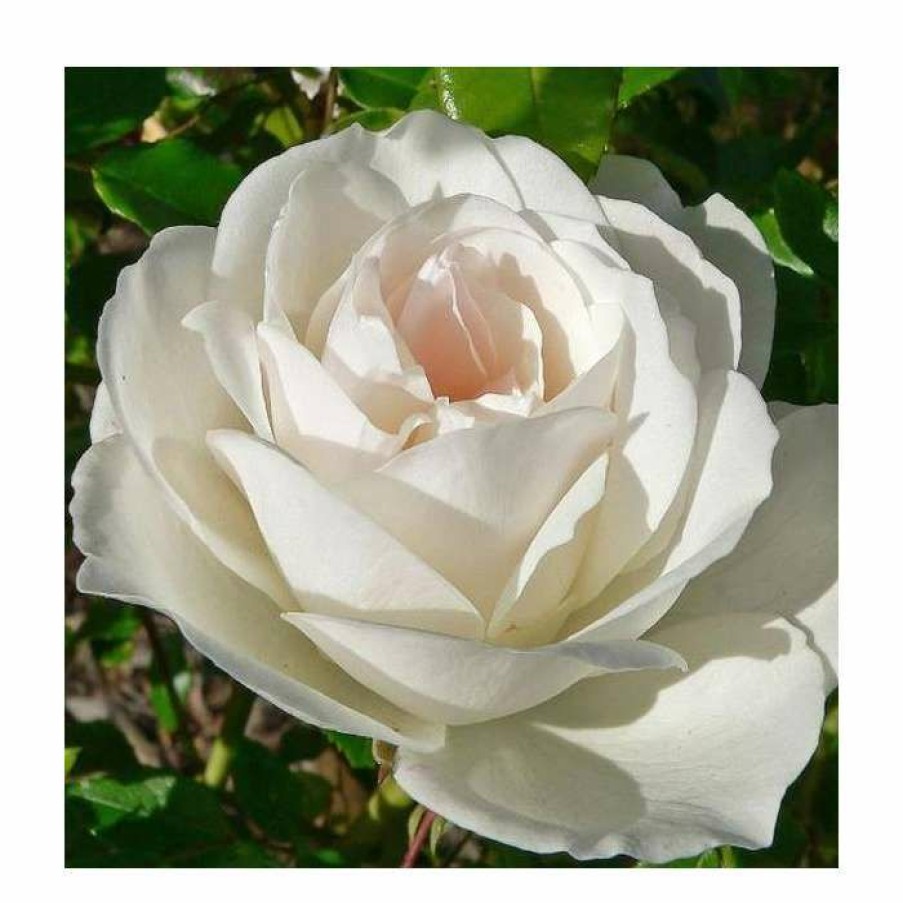
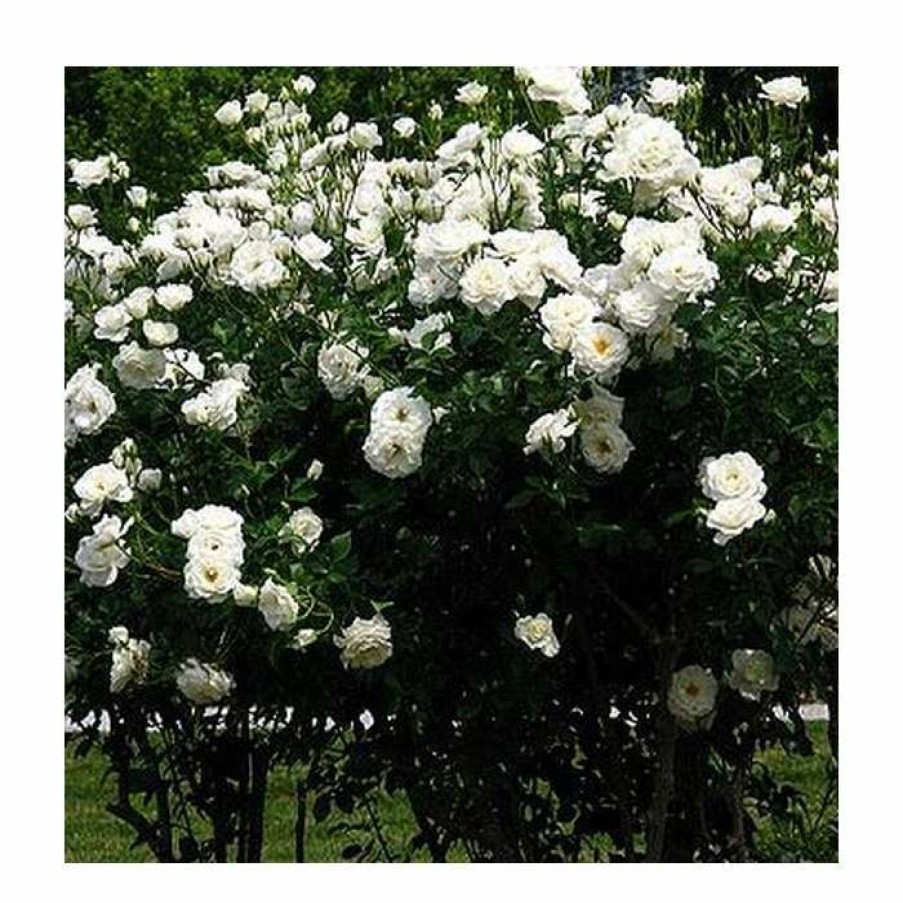
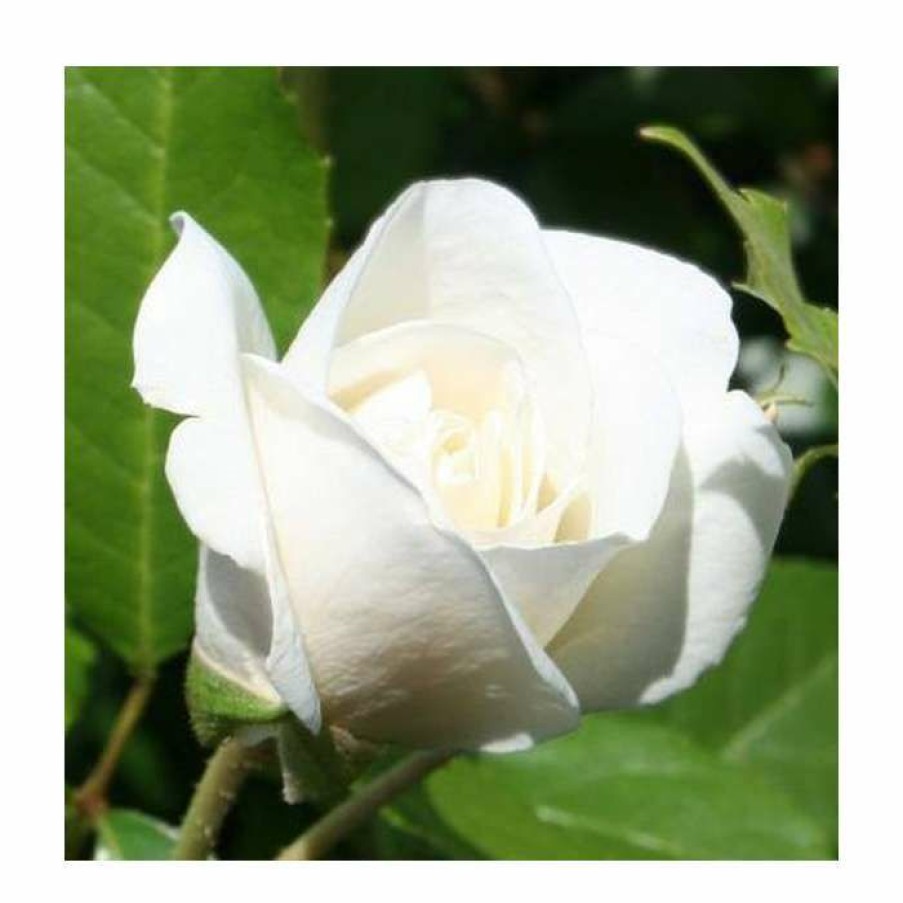
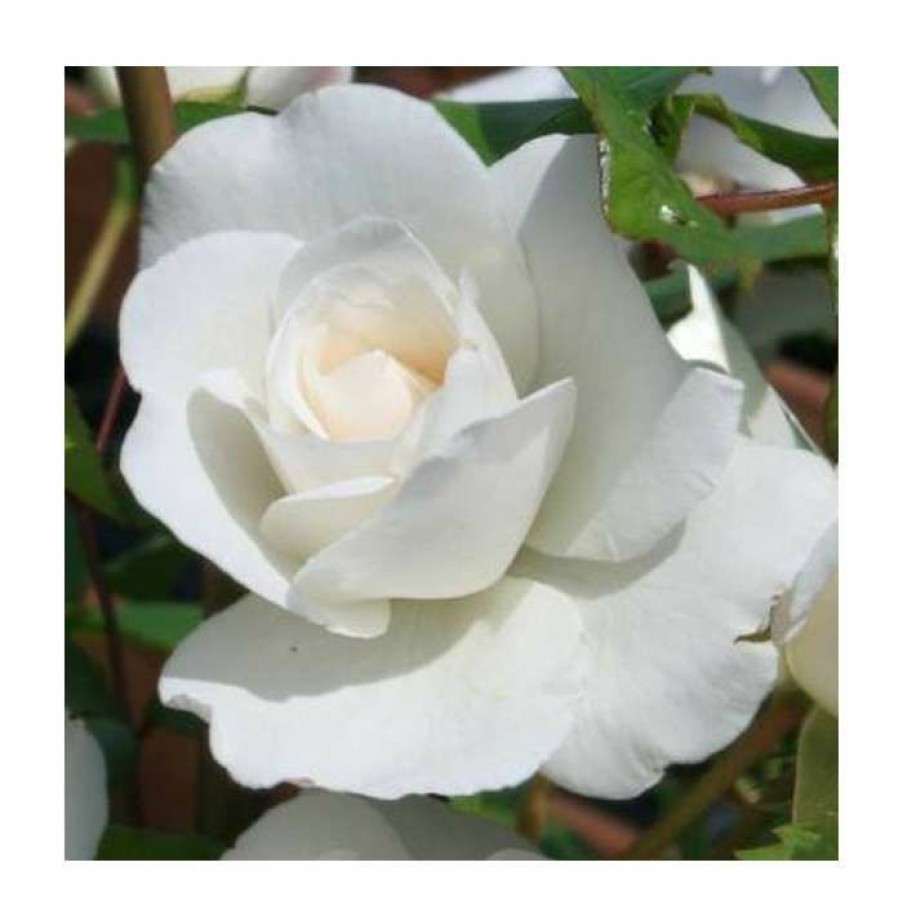
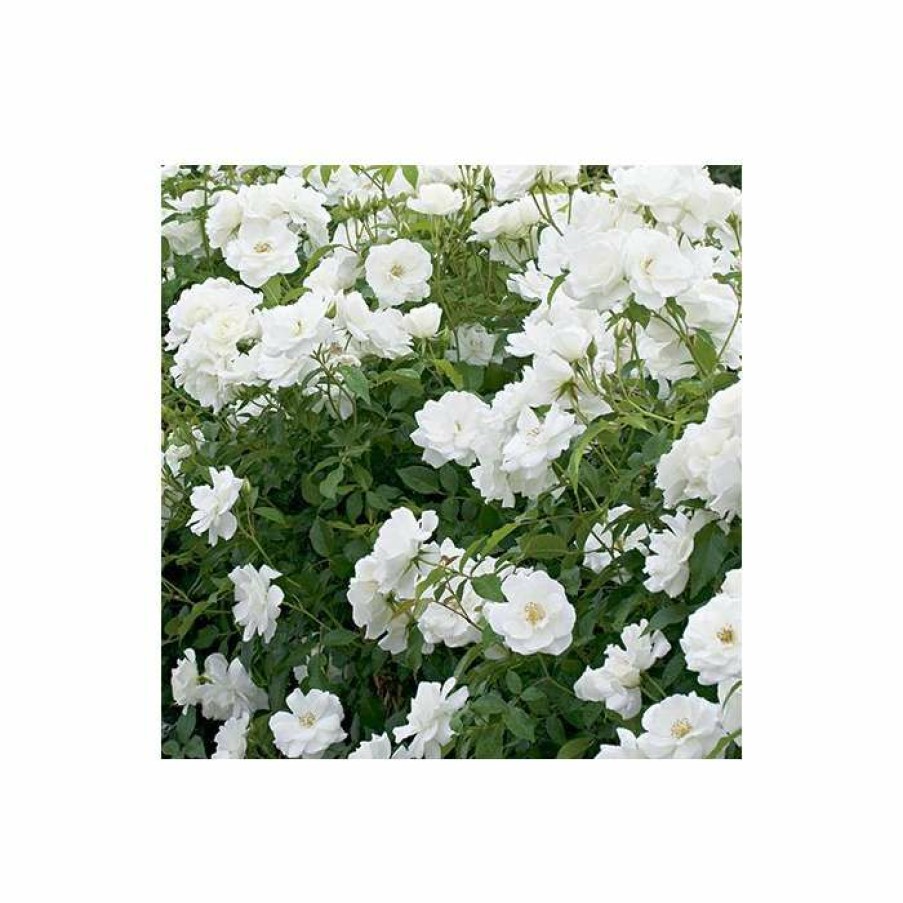
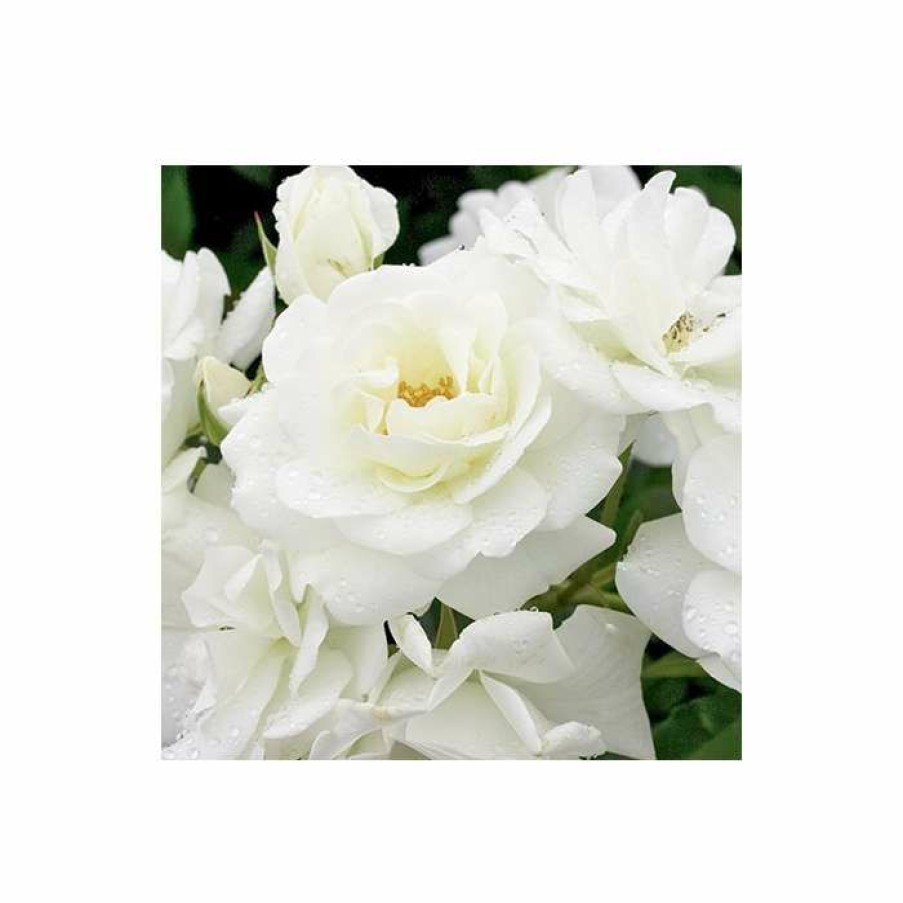
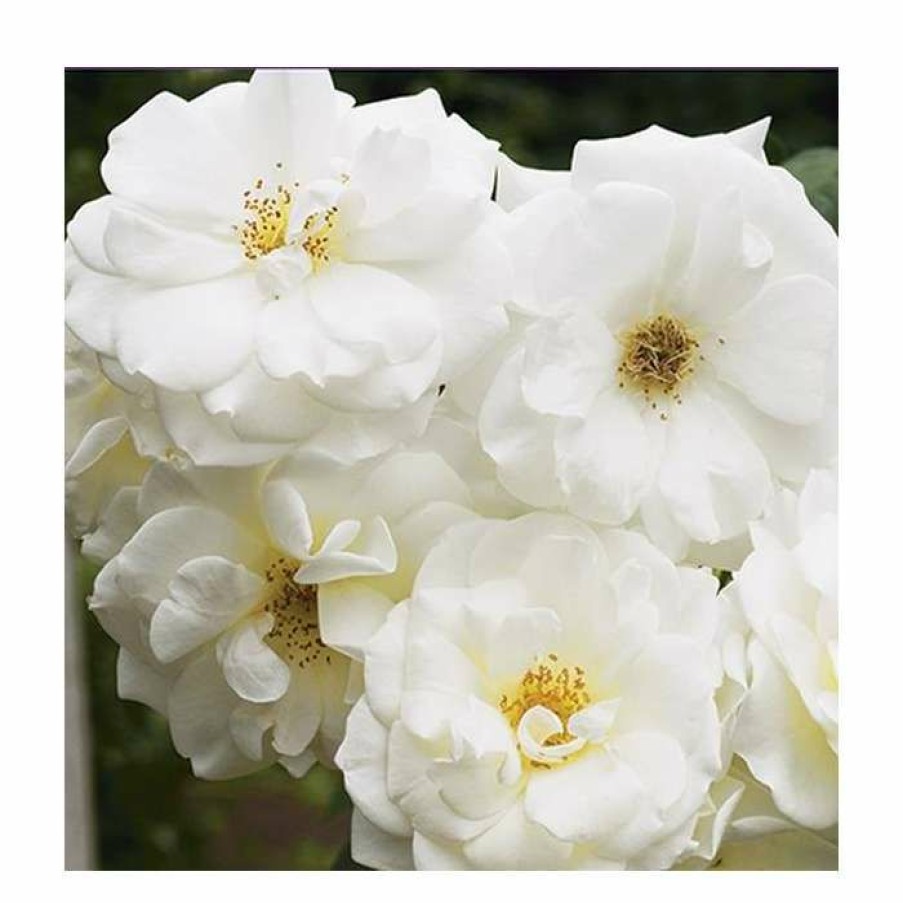
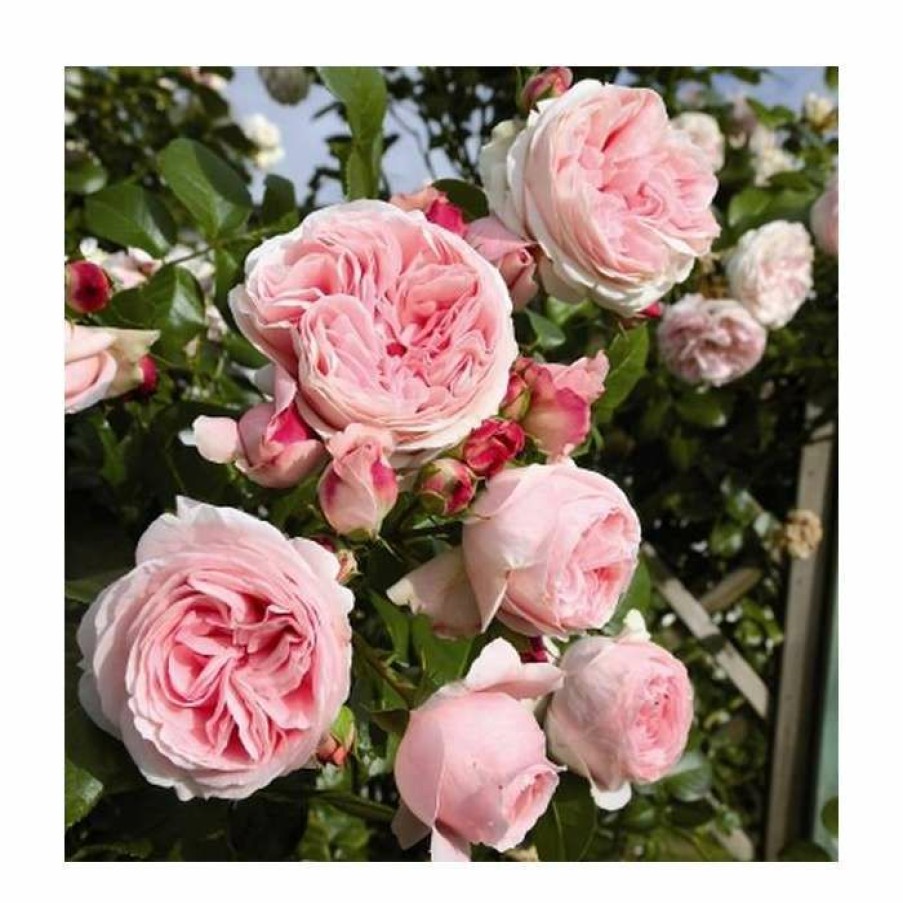
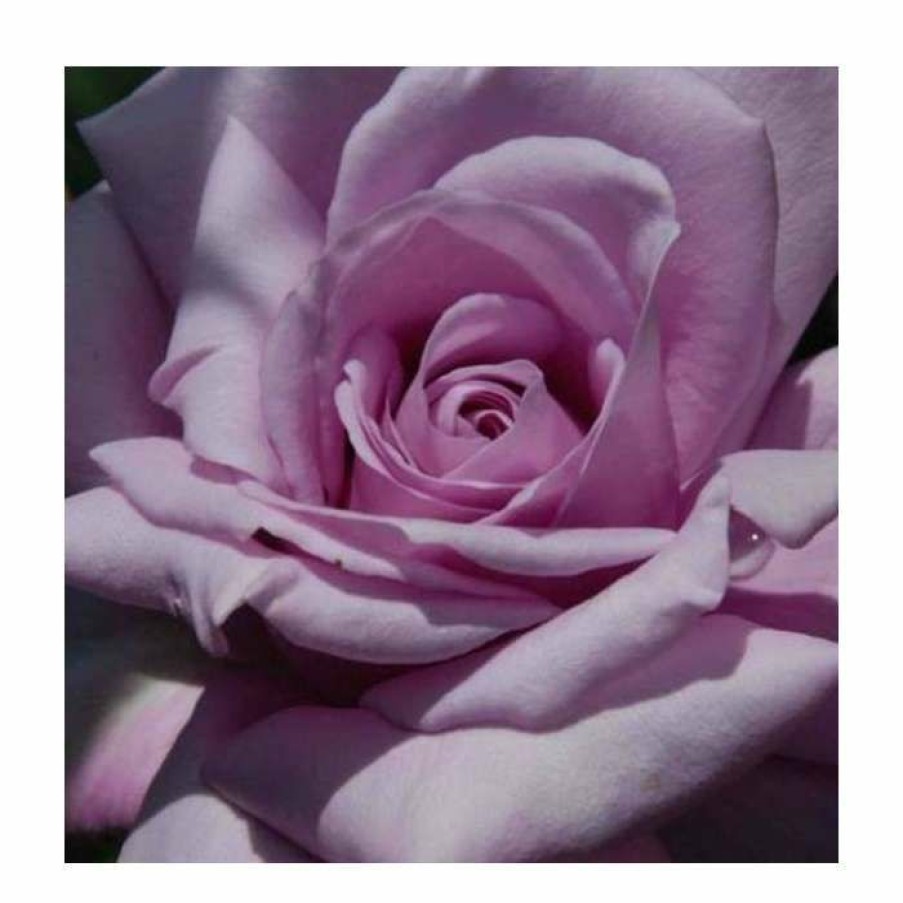
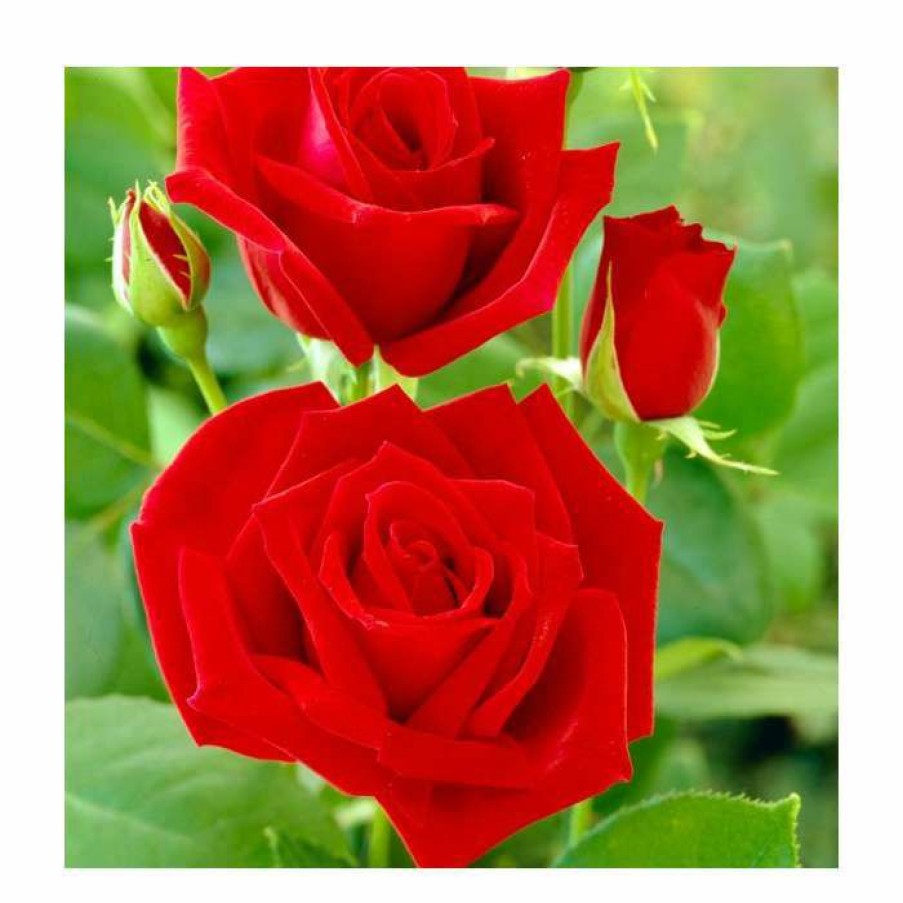
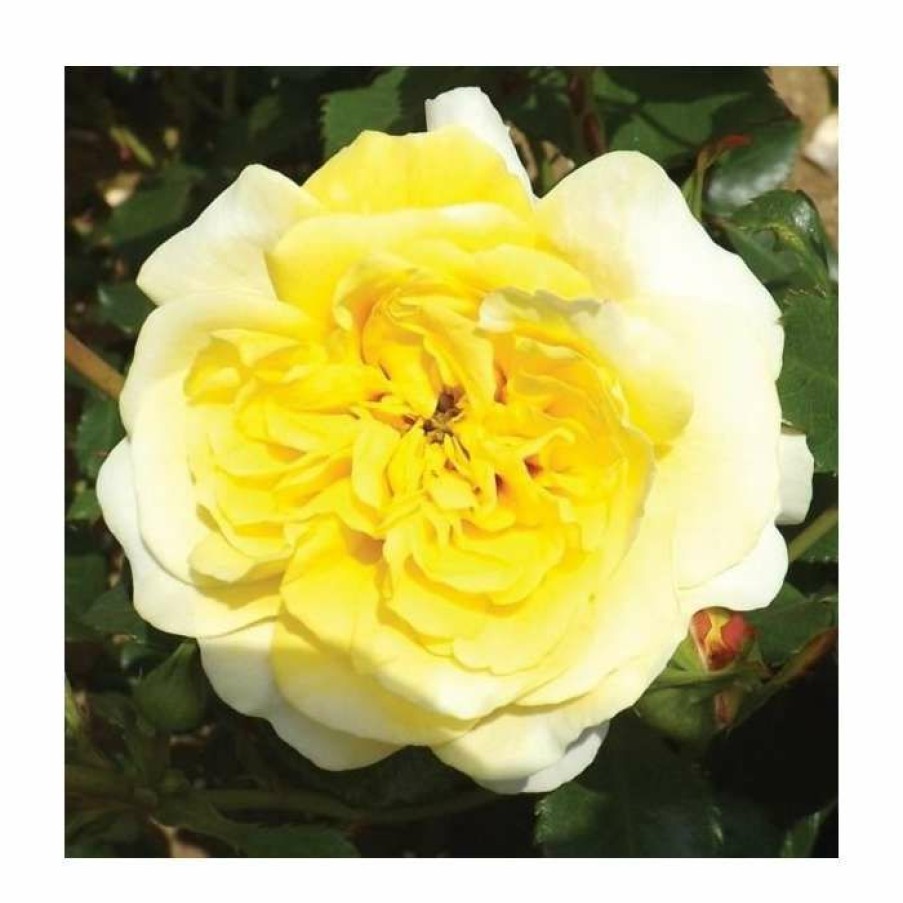
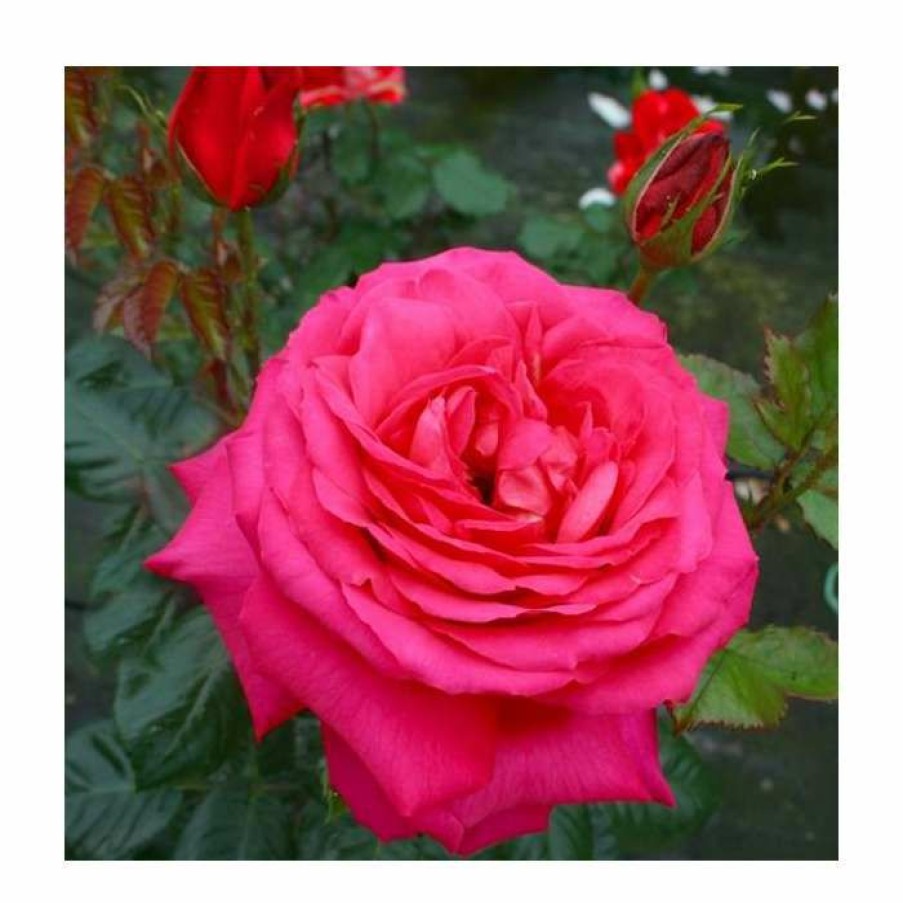
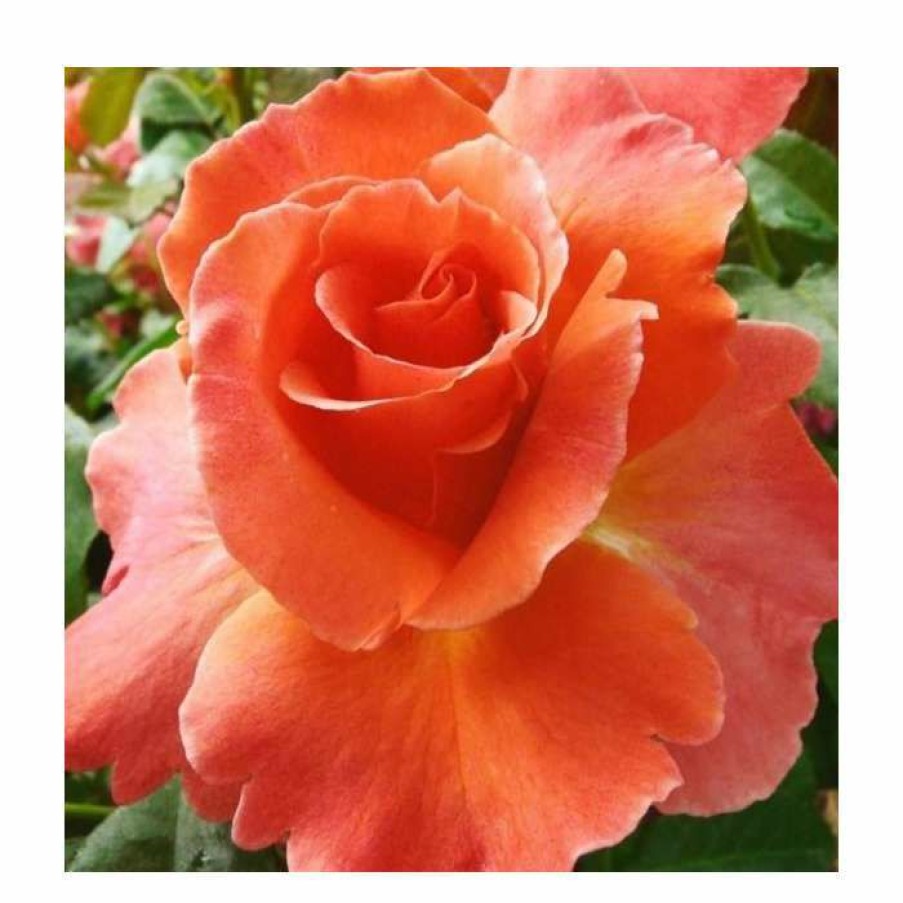
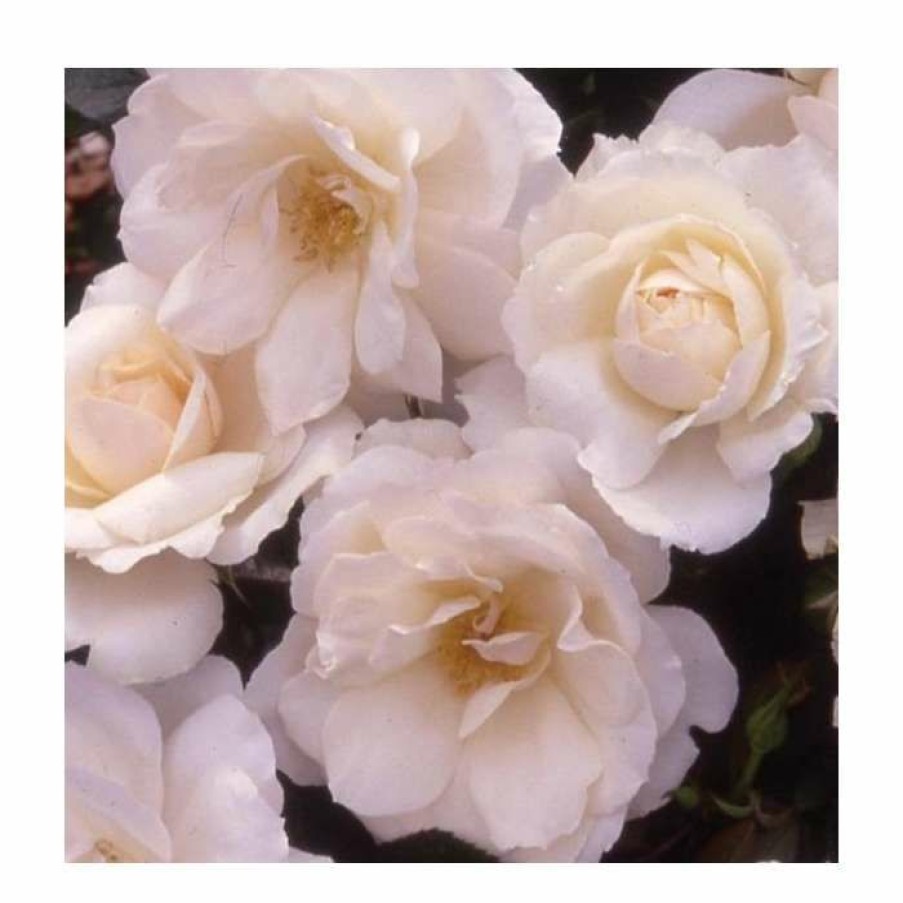
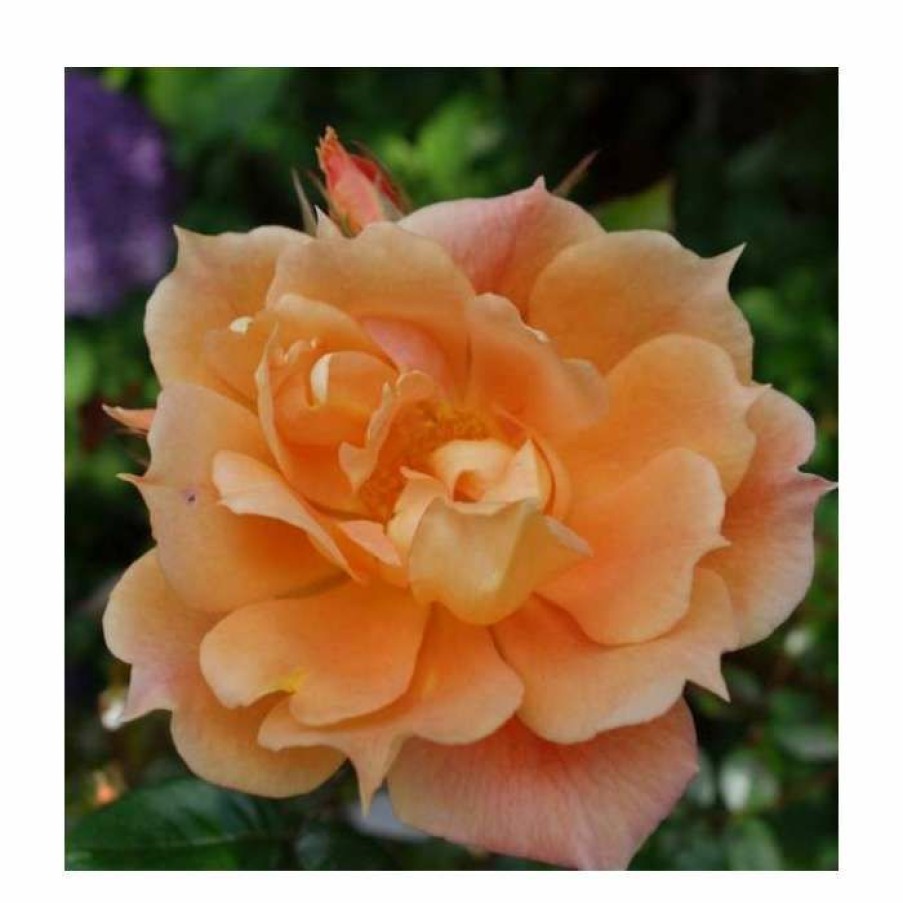
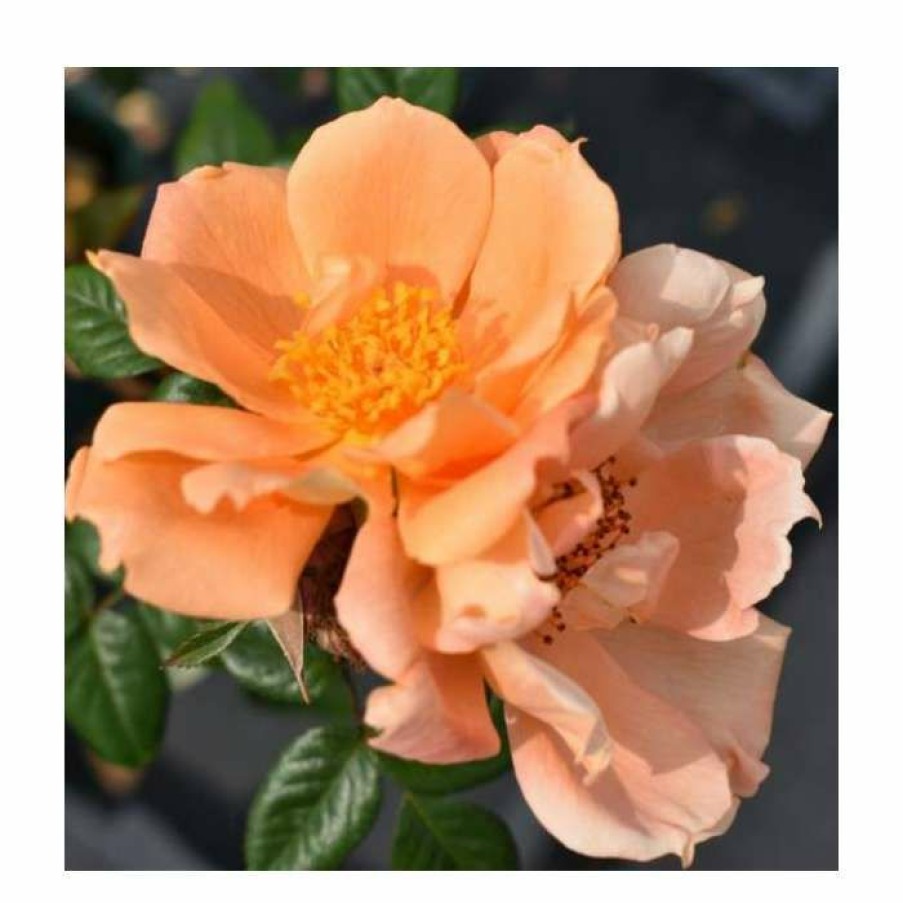
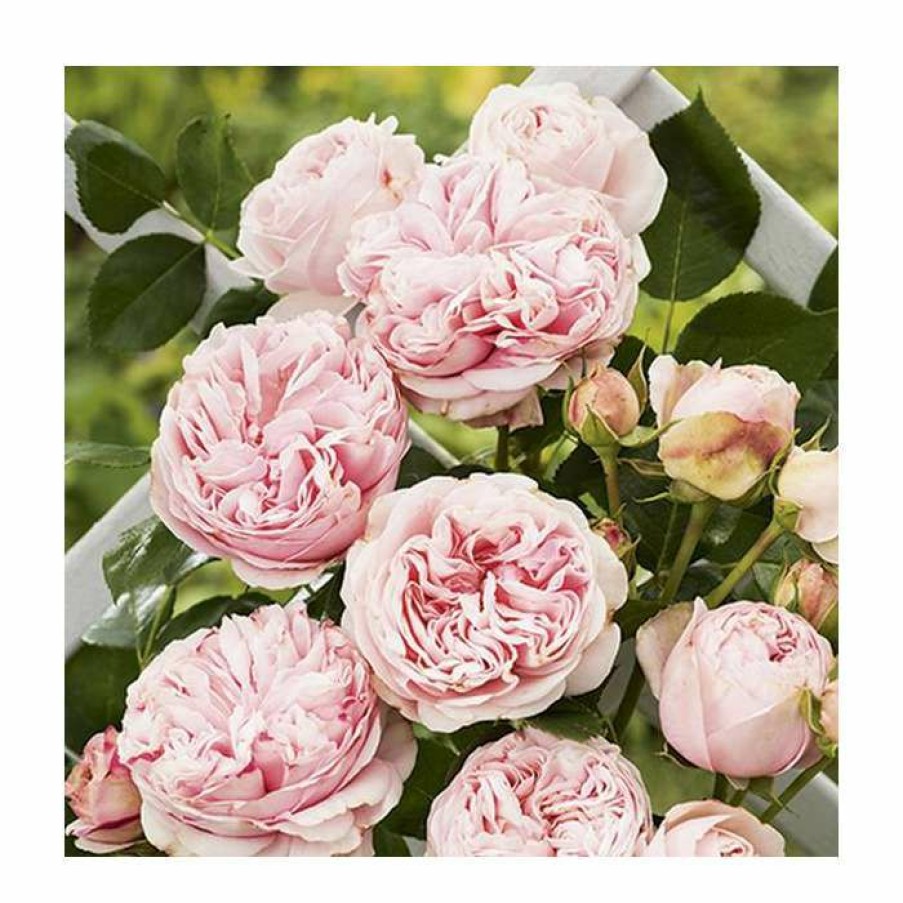
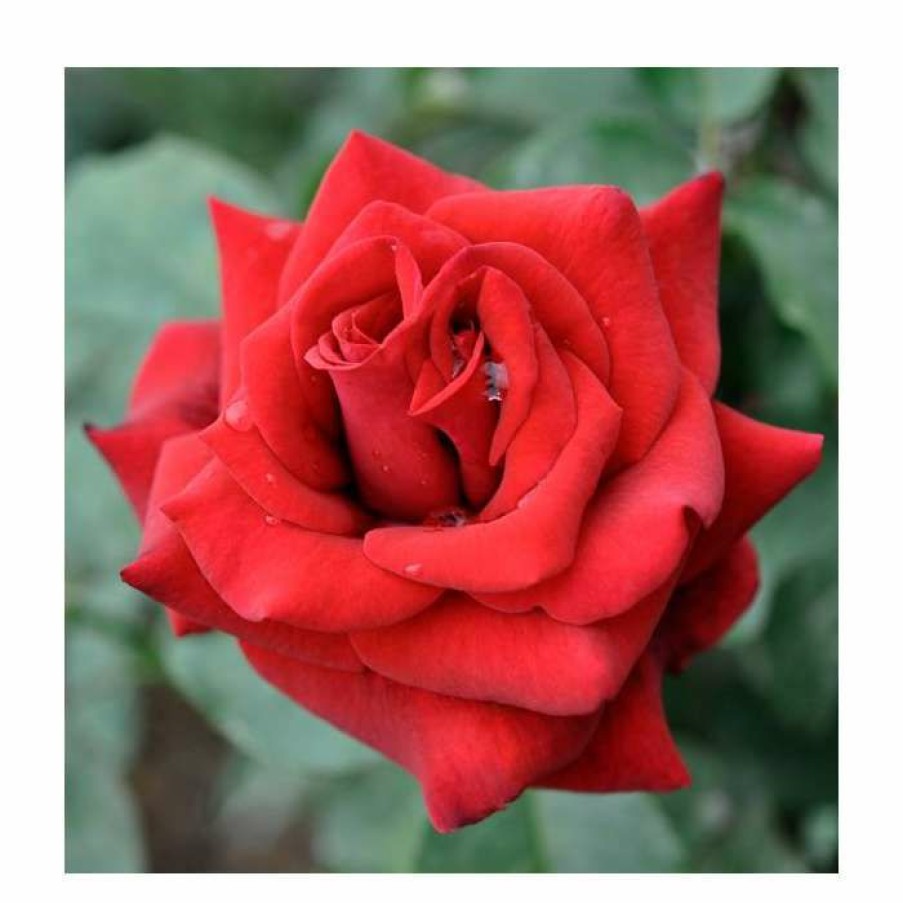
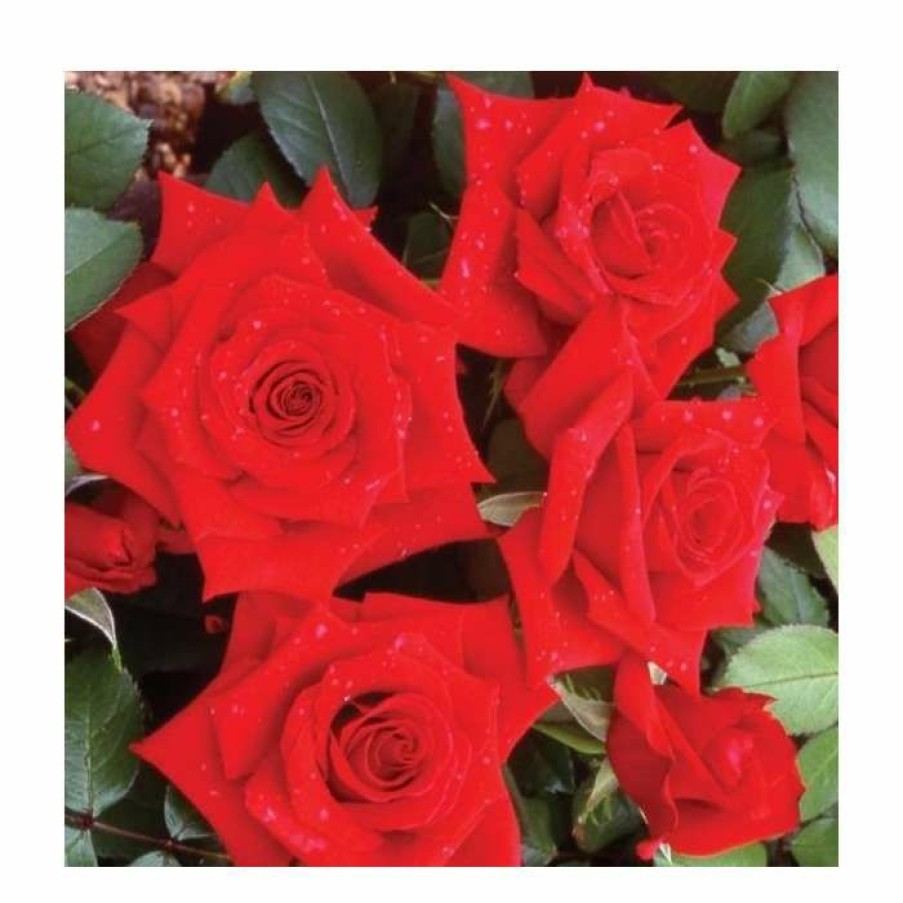
Reviews
There are no reviews yet.